-

Despite Hopkins concerns about men playing the roles of women, Dartmouth took its time inviting women into its community. Dartmouth first admitted women in the fall of 1972 and it was the last of the Ivies to take this step. While the majority of men welcomed the addition of women to Dartmouth, a vocal and often profane minority resisted the change as can be seen by the banners hung from the windows of Russell Sage Hall.
-
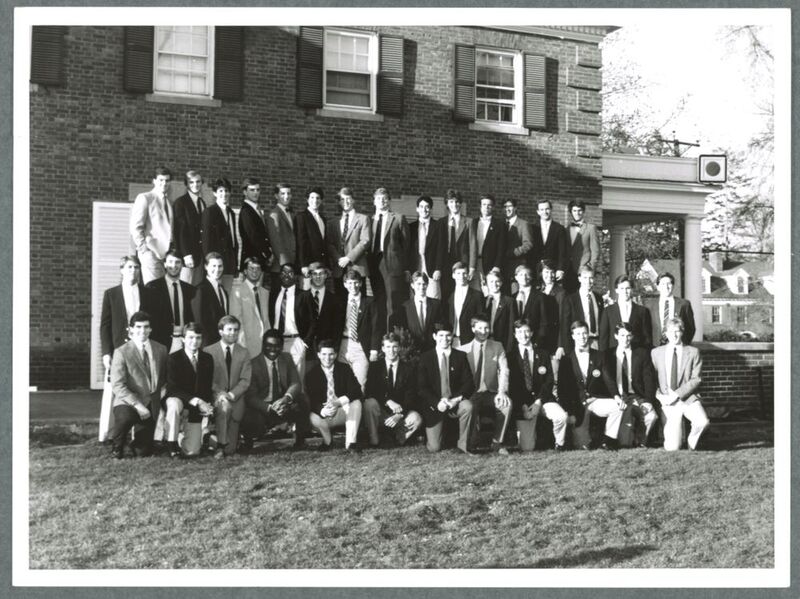
While the Undergraduate Council’s resolution did away with frat discriminatory clauses, it also drove a number of frats to separate from their nationals. The resolution did not end discrimination and it would take several generations before racial integration was a reality in Dartmouth’s Greek system.
-
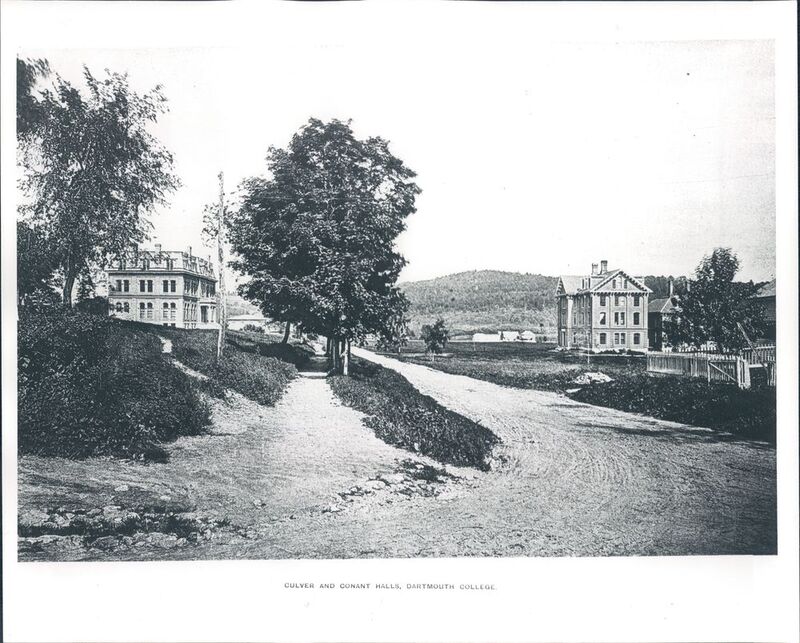
Also known as Hell Gate because of its location close to a swampy part of town, and because it was a bit further from what was then the campus than most dorms, Hallgarten was one of the cheapest dormitories on campus. At a time when each room was priced based on it desirability, this meant that the poorest students—including most minority students—were relegated to these buildings
-
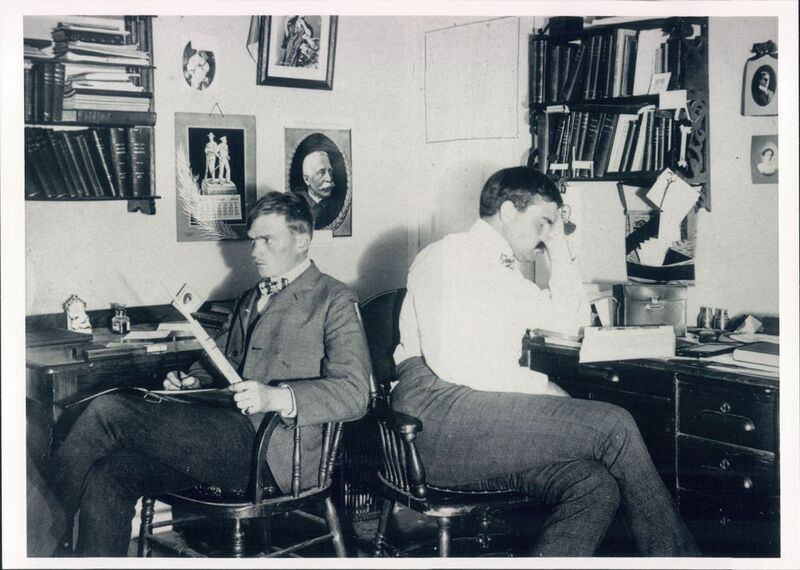
Here you see a couple of students trying to manage in the cramped quarters afforded to those who were forced to room in Hallgarten.
-

This guide to campus housing shows a range of room costs for Richardson Hall in 1934.
-

This excerpt of the Board of Trustee meeting minutes details a vote by the Board to support a resolution put forward by the Undergraduate Council that fraternities must do away with their discriminatory clauses by 1960. The Council was led by David McLaughlin who would go on to become the 14th President of Dartmouth College.
-
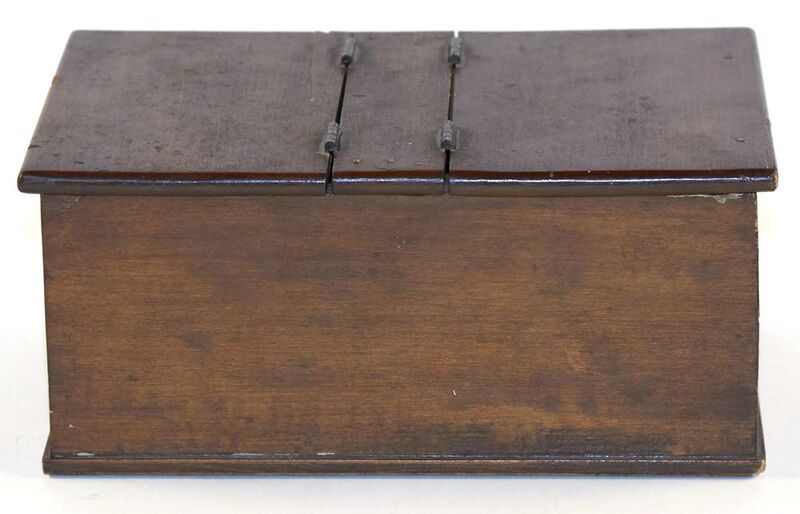
A blackball box used when voting on fraternity pledges. White marbles were a “yes” vote and the black marbles were a “no” vote. A single, anonymously delivered blackball was enough to turn down a pledge.
-
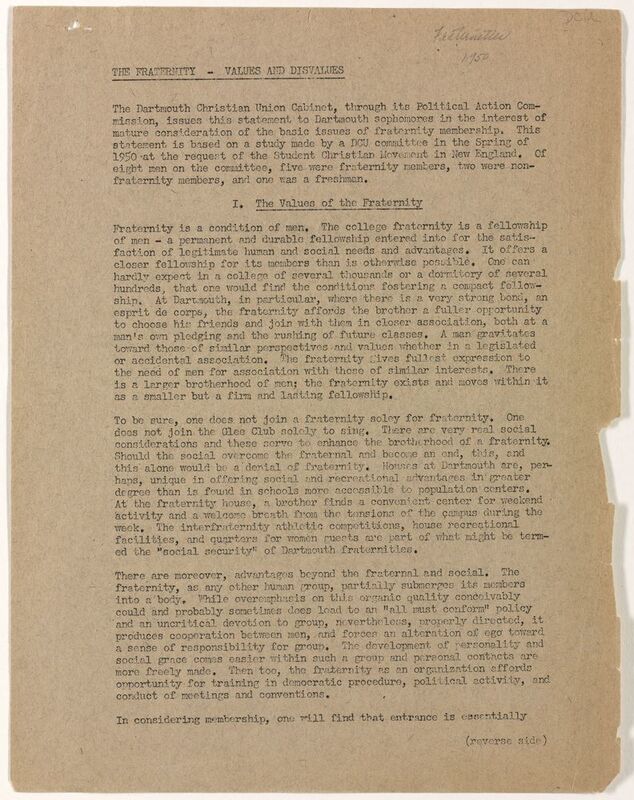
In this editorial-style commentary on the positive and negatives of fraternity culture, the use of the blackball box as a method of censuring potential pledges and its role in racially discriminatory practices and exclusivity is listed as a “disvalue.”
-

In the 1920s several events occurred that led the then President of the College, Ernest Martin Hopkins, to worry about the influence on the “mental hygiene” of men playing women’s roles. In other words, he was afraid that it was encouraging them to become gay. In this letter Hopkins writes to consulting psychiatrist, Charles Bancroft to express his concerns about what he clearly sees as a disease that is spreading among the student body. While this letter is highly disturbing in many ways, it is an exemplar of the stigma that gay students faced in this time period, and often still do.
-
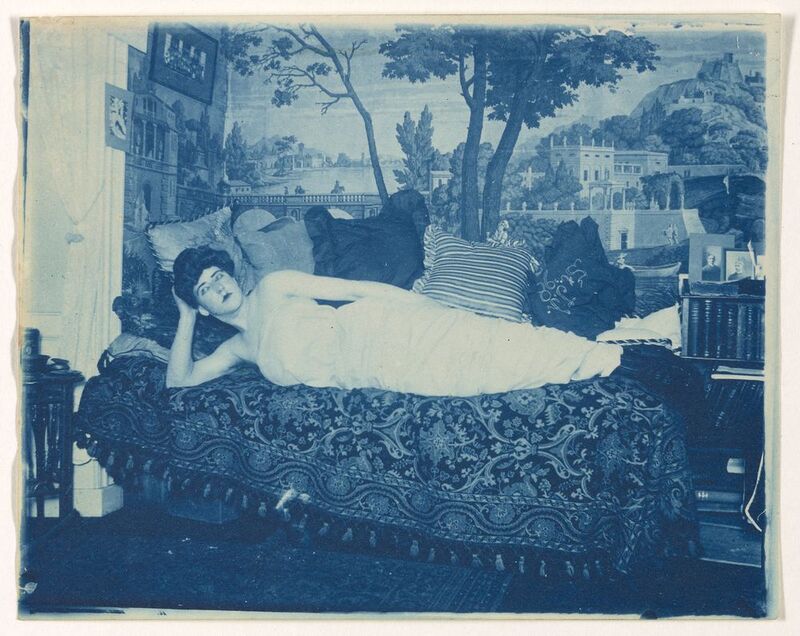
In the 19th and early-20th century it was common for men to play the parts of women in Dartmouth plays. These roles were coveted and those who convincingly played women’s parts were celebrated.
-

An example of a more opulent room in an unidentified dormitory in the 1890s.











